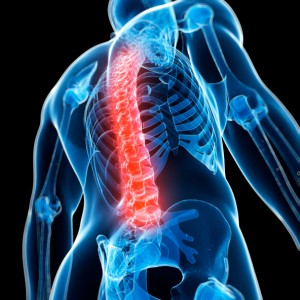 Slip and fall accidents can happen anywhere, and can cause injuries. If a slip and fall injury occurs at a location that a person or entity is responsible for taking care of, there may be legal options for recovering costs associated with the injuries. The process to recover these costs may vary depending on the location of the incident, the circumstances that caused the incident, and the willingness of involved individuals to cooperate and assist the injured person.
Slip and fall accidents can happen anywhere, and can cause injuries. If a slip and fall injury occurs at a location that a person or entity is responsible for taking care of, there may be legal options for recovering costs associated with the injuries. The process to recover these costs may vary depending on the location of the incident, the circumstances that caused the incident, and the willingness of involved individuals to cooperate and assist the injured person.
Slip and Fall Injury Causes
The most common causes of slip and fall accidents include:
- Potholes in a road or parking lot
- Cluttered floors
- Wet floors
- Uneven sidewalks and walkways
- Frayed or damaged carpet
- Damaged or uneven staircases
Slip and Fall Locations
Conditions that may cause a slip and fall accident can occur without warning nearly anywhere. Depending on the location of the incident, the owner of the property may be responsible for maintaining the property and taking steps to prevent slip and fall hazards. Even when these measures are taken, unexpected incidents and human error can come into play and cause accidents.
Some common locations in which property owners or managers may be liable for slip and fall incidents include:
- Workplaces or job sites
- Private residences
- Grocery stores
- Retail stores
- Restaurants
- Nursing homes
- Theme parks and water parks
- Museums, movie theaters, and other indoor attractions
- Schools
Slip and Fall Prevention
Workplaces and places that are open to the public are typically required to have a slip and fall prevention program in place. This may include requiring employees to wear specific footwear, using wet floor signs after mopping or waxing floors, and clearing away snow and ice that may pose a fall hazard. Even if it is not required, having a slip and fall prevention program can help prevent dangerous injuries that may be harmful to employees or customers.
Nursing Homes
Slip and fall injuries can be particularly harmful to older residents in nursing homes. Elderly residents may be incapacitated or even killed by a slip and fall injury and are often more prone to these accidents, so staff should have systems in place to assist residents in getting around. Failure to take measures aimed at preventing these types of injuries may result in negligence charges against the nursing home or staff in addition to personal injury claims.
Personal Injury Claims
There are many factors that may be considered when an individual makes a slip and fall claim against another individual or a company. Most importantly, the claimant must believe and show some evidence that the owner or manager of the property did not take reasonable steps to prevent the slip and fall hazard. A personal injury lawyer may be able to assist in gathering evidence to support this claim.
Fault of Victim
A common defense in a slip and fall claim is that the claimant was partially or completely responsible for the slip and fall incident. In order to support this claim, the defendant must show evidence or provide testimony which illustrates that a reasonable person would have avoided the hazard. If it can be proven that the claimant was injured after ignoring warning signs, entering a restricted area, or exhibiting careless behavior, a personal injury claim will usually be unsuccessful. In some cases, the fault of the victim may be represented by a percentage which is used to determine the amount that is owed to the claimant.
Fraudulent Claims
According to the National Floor Safety Institute, approximately three percent of slip and fall claims are fraudulent. Fraudulent claims may include falls that happened at a different location, falls that were intentionally caused by the victim, and falls that did not actually happen. These fraudulent claims make it more difficult for true fall victims to recover costs which are rightfully due. Filing a fraudulent claim may result in penalties.
Sources:
“Quick Facts.”National Floor Safety Institute, 1 Jan. 2014. Web. 5 June 2014. <http://nfsi.org/nfsi-research/quick-facts/>.
“Slips, Trips and Falls Prevention, Fact Sheets & Statistics.” Slips, Trips and Falls Prevention, Fact Sheets & Statistics. National Safety Council, 1 Jan. 2014. Web. 5 June 2014. <http://www.nsc.org/safety_home/HomeandRecreationalSafety/Falls/Pages/Falls.aspx>.
